The OnePlus 11 5G is the brand’s best take on reclaiming the flagship killer throne, and for most parts, it works.
- Good all-around performance
- Good display
- Good camera performance
- Good battery life for a flagship
- Charges fast
- Good speakers
- Shooting moving subjects can be a challenge
- Only has IP64 rating
- No expandable storage
- Front camera video capability needs work
- Low light video only decent at best
OnePlus seems to be aiming to reclaim its throne of being the ultimate flagship killer with the launch of the OnePlus 11 5G. On paper, this phone may seem like just a step short of its more expensive counterparts, but the device has received notable upgrades in every department – a better display, Qualcomm’s latest flagship mobile chipset, improved optics, and faster charging.
But is the overall package enough to bring back its glory? let’s find out.
Design and Build Quality
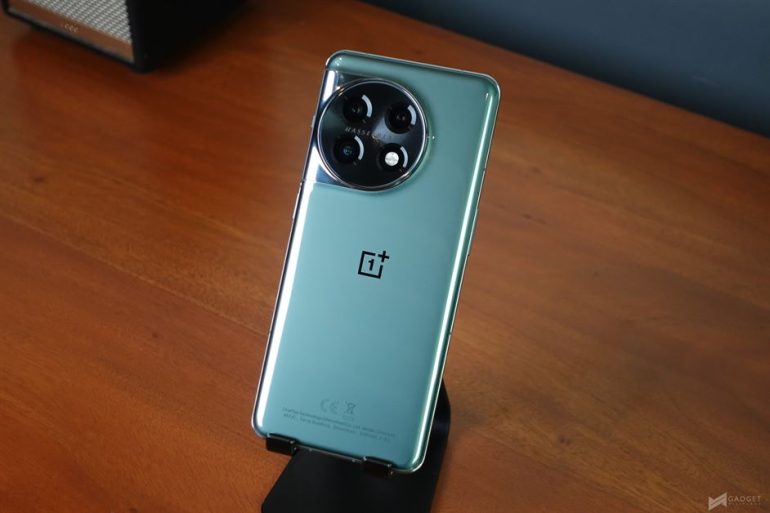
In terms of looks, the OnePlus 11 5G looks pretty much like the OnePlus 10T, except for the camera module, which now uses a circular housing with a silver finish that brings a nice contrast to the rest of the device. The rear panel is glossy, which means its prone to smudges (don’t mind this if you’re using a case).
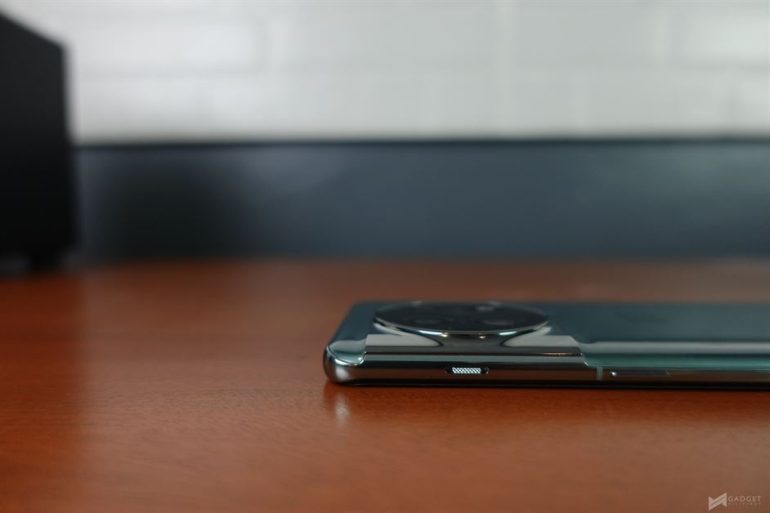
Another notable difference compared to its predecessor, is that OnePlus has decided to bring back the alert slider, which I personally like, as it brings back a piece of what made the brand unique.
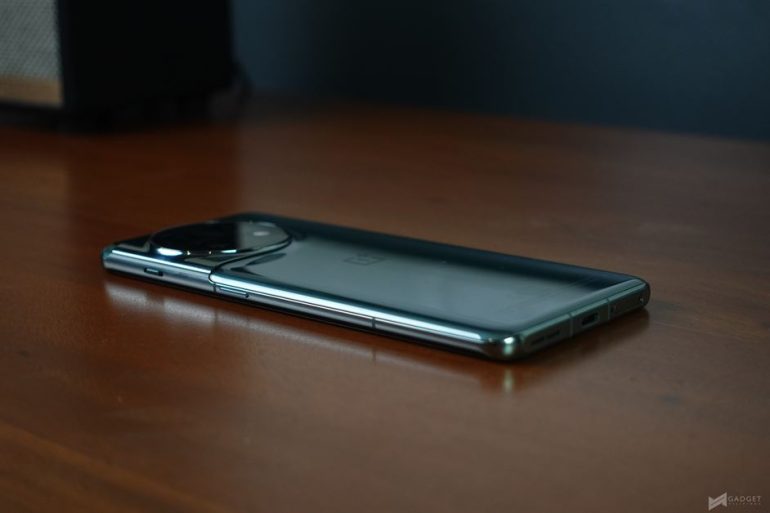
The OnePlus 11 5G uses curved sides, no headphone jack, a USB-C port which is still on USB 2.0 speeds, unfortunately, and the front camera that’s on the side. Another notable, and questionable downgrade is that this only has an IP64 rating, which means it’s only protected from splashes at most.
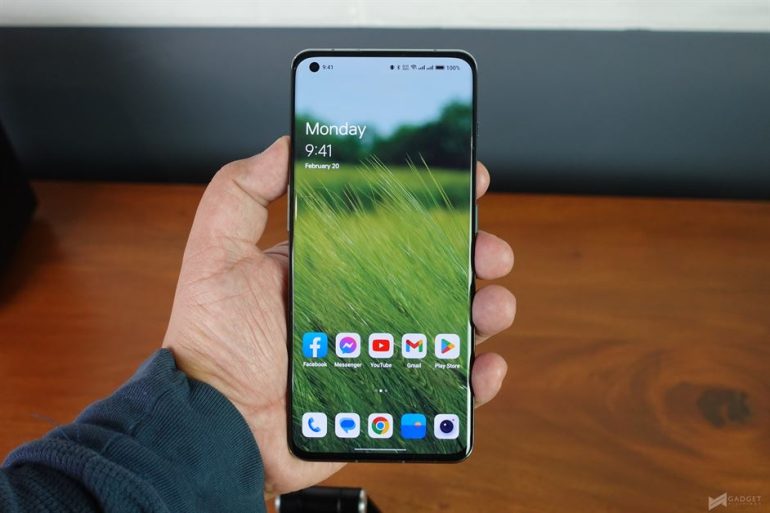
Thankfully, the display also received an upgrade to LTPO3, which means it can now more smartly, efficiently, and effectively vary the refresh rates according to what you’re doing to improve battery life. The screen is a 6.7-inch Super Fluid AMOLED panel with QHD+ resolution, 120Hz refresh rate, up to 1,000 Hz touch sampling rate, HDR10+ and Dolby Vision support, and Gorilla Glass Victus protection.
Now, on paper, these might be just one step short of other more expensive flagships but are probably necessary to keep the price down while still delivering a flagship-level experience.
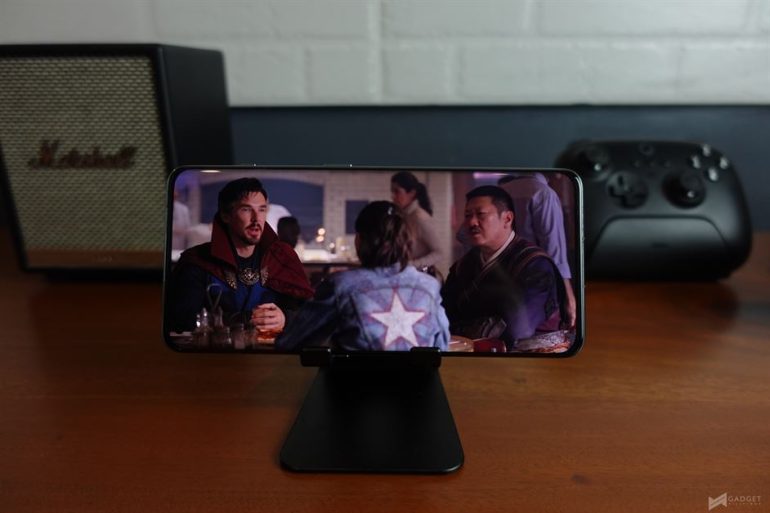
True enough, media consumption and gaming on the OnePlus 11 5G are a joy with this display, Moreso when using platforms that support Dolby Vision. Crisp and detailed with punchy colors and deep blacks. The device also gives you the option of using Smart Resolution, which means it can lower or raise the screen resolution depending on what you’re doing.
Performance
Powering the OnePlus 11 5G is Qualcomm’s most powerful chip to date, the Snapdragon 8 Gen 2. The brand did not skip on RAM and storage either, as this phone come with up to 16GB of the LPDDR5X RAM, and 128GB of UFS 3.1 or 256GB of the faster UFS 4.0 storage. So, in terms of futureproofing, you should be good for a couple of years down the road.
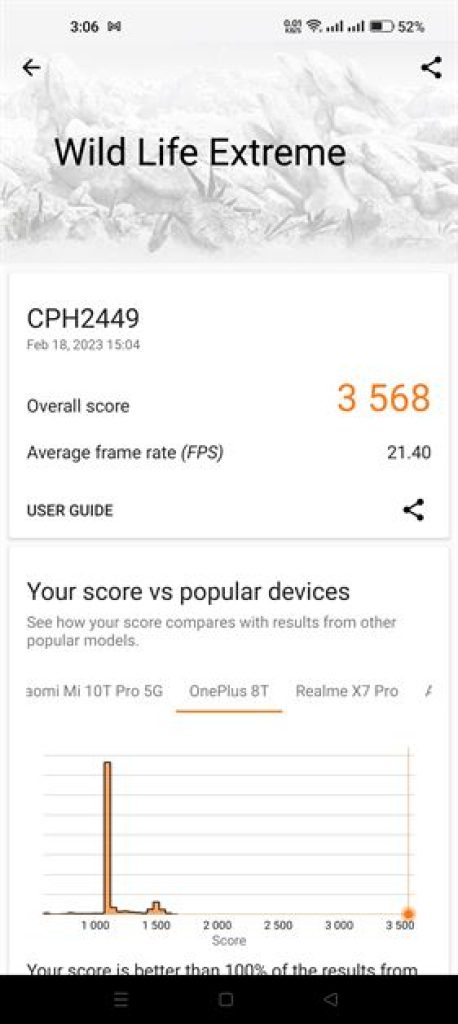
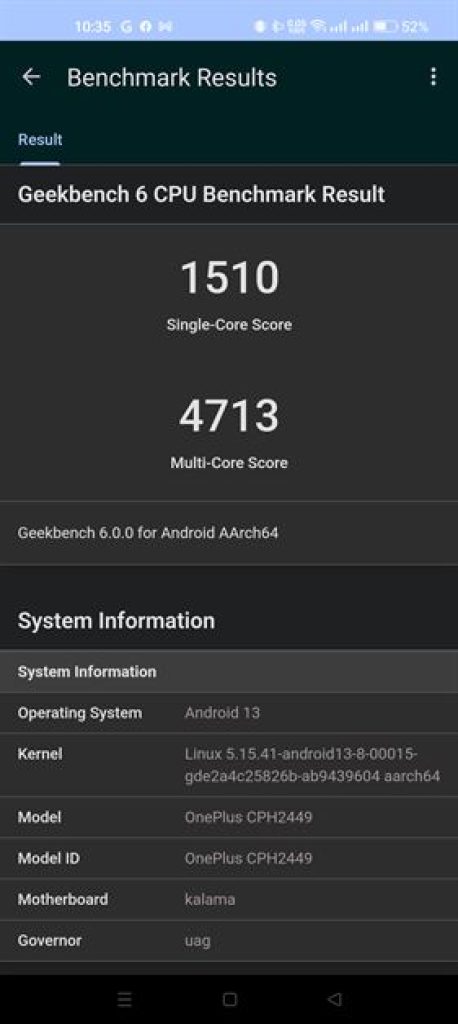
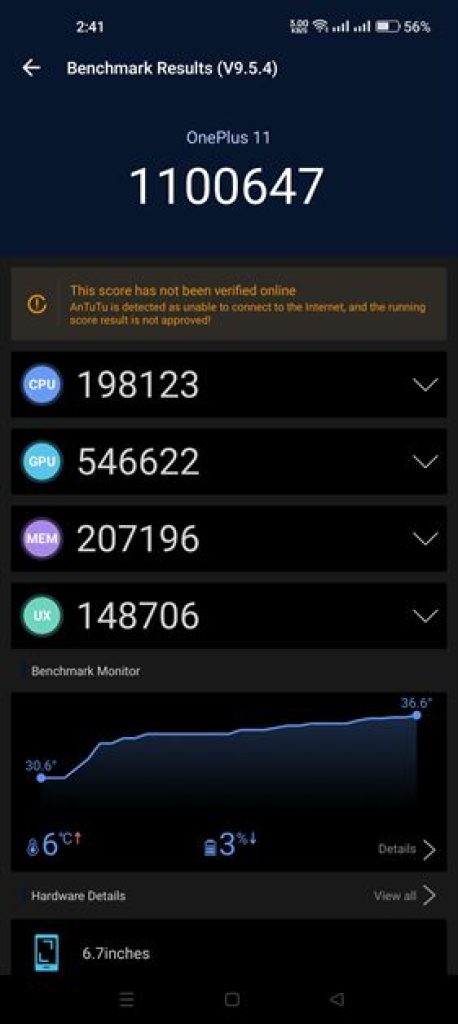
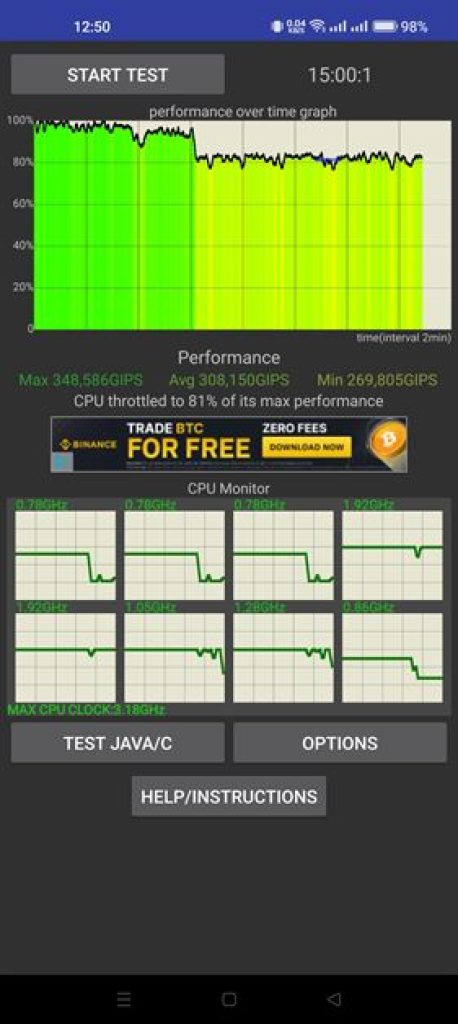
I won’t say much about day-to-day performance except that the phone runs fast and snappy in just about anything – opening apps, switching between apps, and so on, as that is to be expected of any flagship.
Gaming performance on the OnePlus 11 5G is stellar as well, as it handled everything, I threw at it well. Call of Duty Mobile? Max Framerate Setting, Injustice 2? No problem on default, Genshin Impact at the highest preset at 60 fps? Go. The only game that I couldn’t crank up to max is Diablo Immortal, but perhaps it’s more of an optimization issue than a hardware issue.
The Snapdragon 8 Gen 1 was popular for being fast, and for running hot. In the CPU Throttling test, it even had to turn off a core or two to sustain its performance.
Fortunately, it looks like Qualcomm has learned its lesson. While the Snapdragon 8 Gen 2 throttled down to around 80% after 10 minutes of heavy load on the CPU Throttling test, it was able to maintain a more consistent level of performance and did not have any cores turned off.
The OnePlus 11 5G is also equipped with two speakers, one at the bottom, and one up top. These are probably one of the better ones I’ve tested, delivering good levels clarity, volume, and low-end, which makes listening to music or simply watching videos a better experience.
Camera
At the back of the OnePlus 11 5G is a 50MP Sony IMX890 main sensor with OIS, along with a 48MP Sony IMX581 unit, and a 32MP Sony IMX709 telephoto lens with 2X optical zoom.



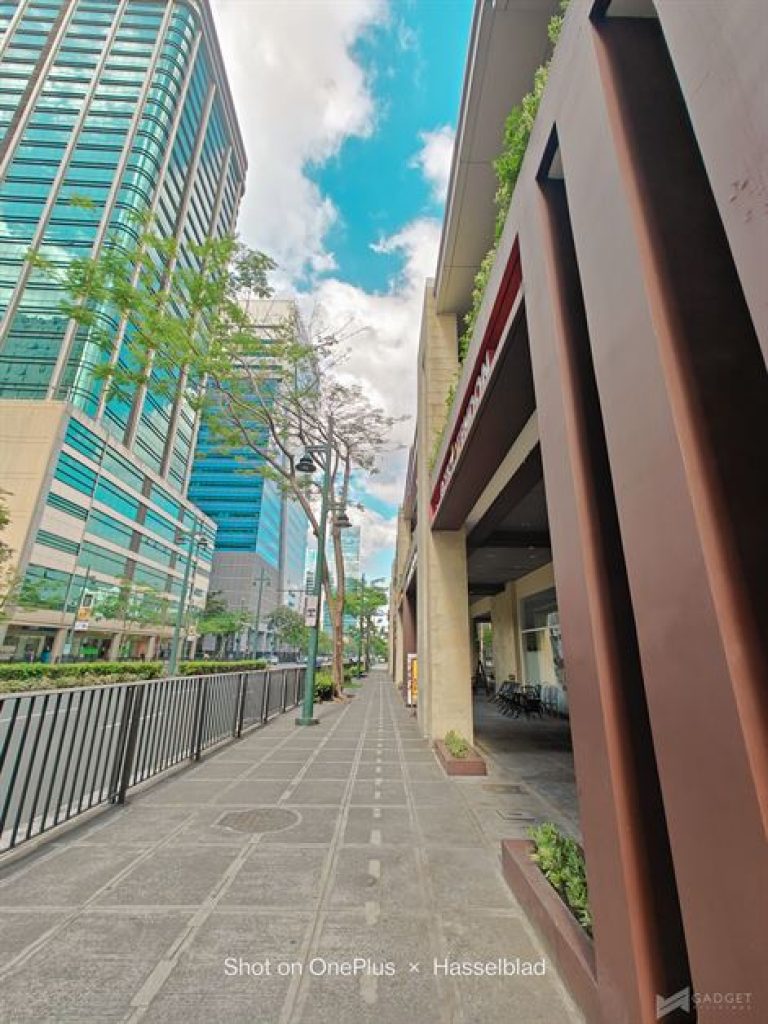



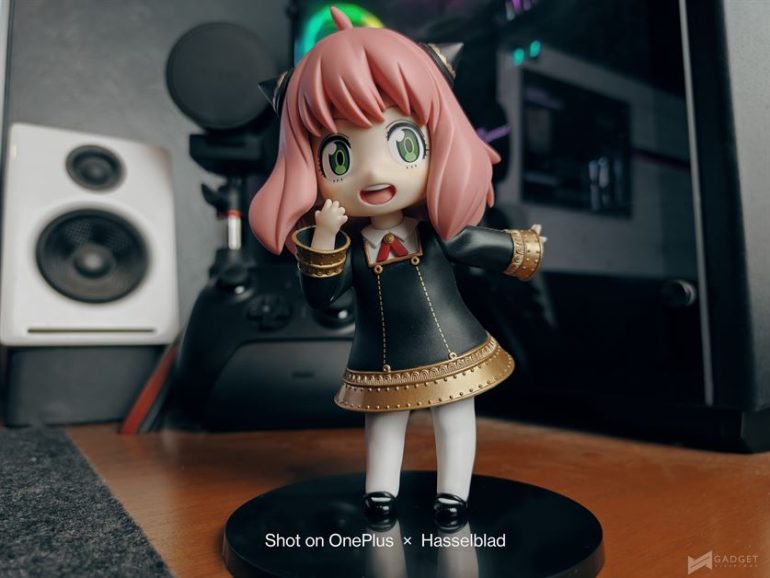




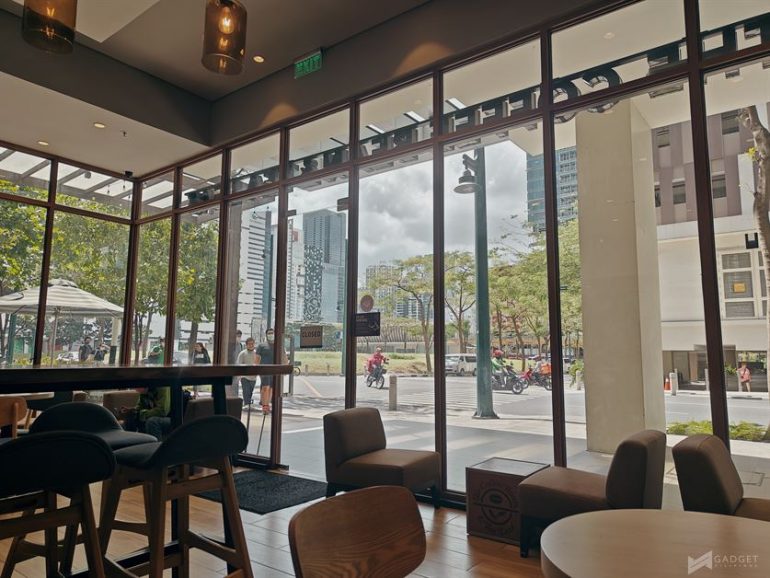
Daytime shots look great with plenty of detail, good sharpness, dynamic range, and color reproduction. It’s also nice that the ultra-wide camera can keep up with the main camera in terms of quality.



While its telephoto lens has a short optical zoom range of 2X, it’s still great for taking portraits, which, with enough lighting, look excellent with good levels of detail, background separation, and edge detection.
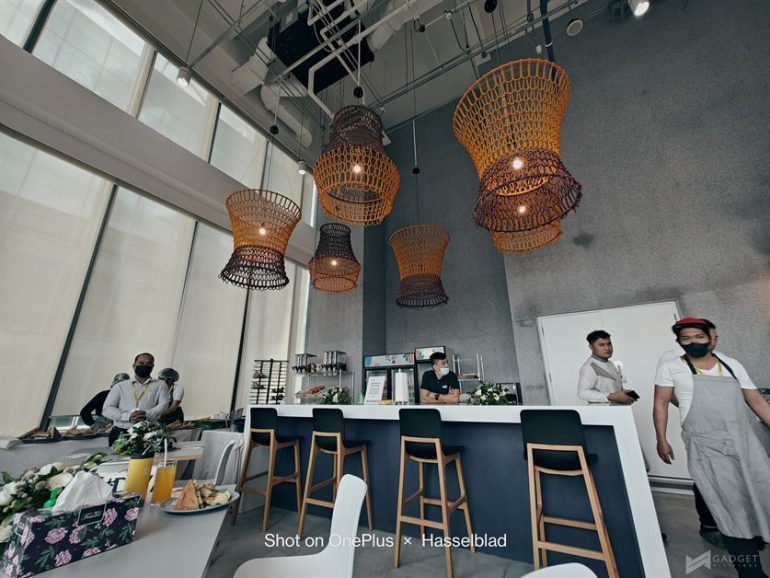


Thanks to its partnership with Hasselblad, you do get some Master filters that deliver great contrast depending on what you’re shooting.


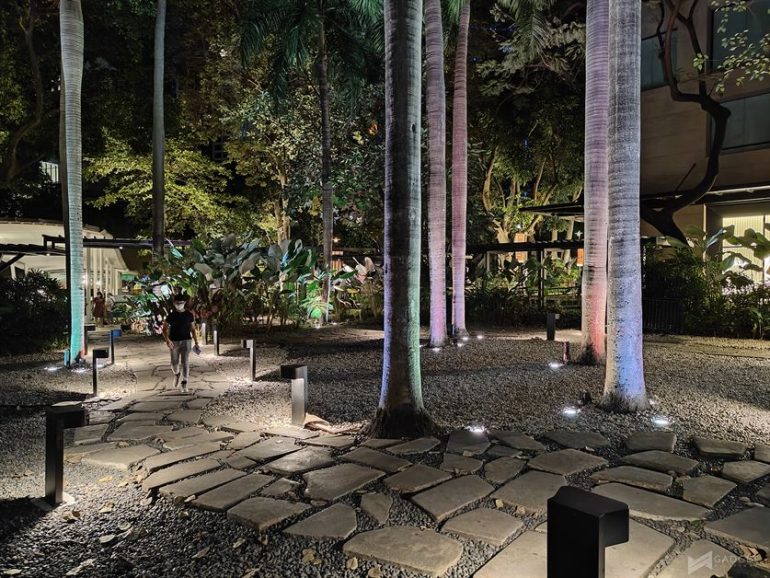


What I also love about this camera system is that for its low-light shots, unlike some other devices that overexpose everything, it tries to accurately depict what the eyes can see, with only some minor enhancements here and there. It’s only weird that shots using normal mode and Night Mode mostly look similar.
One thing to point out is that like the OPPO Find X5 Pro, this also has a relatively slow shutter speed, so capturing subjects who/that are moving can be challenging. Apart from that, it’s a good camera system overall, flexible for most usual shooting conditions.
On the video side, the OnePlus 11 5G’s main camera can go up to 4K 60 fps, while the ultra-wide is limited to 1080p 60 fps. In low-light, the video quality is decent though there is a bit of noticeable noise. here’s OIS on the main lens as well, so you can get nicely stabilized video. Surprisingly, the sample 1080p video turned out a bit less in terms of quality, but still usable.
As for front camera video, having stabilization on keeps your face in the frame, but the result is a bit jittery.
Software
OnePlus 11 5G runs OxygenOS 13 on top of Android 13. And while the name is different, and with a few OnePlus “Exclusive” options like say, when selecting an Always-On Display style, and some native OnePlus apps, the rest of it is a mirror of ColorOS 13, which, for a lot of people is a letdown, as it sort of removed the identity of what OxygenOS used to be in older OnePlus devices.
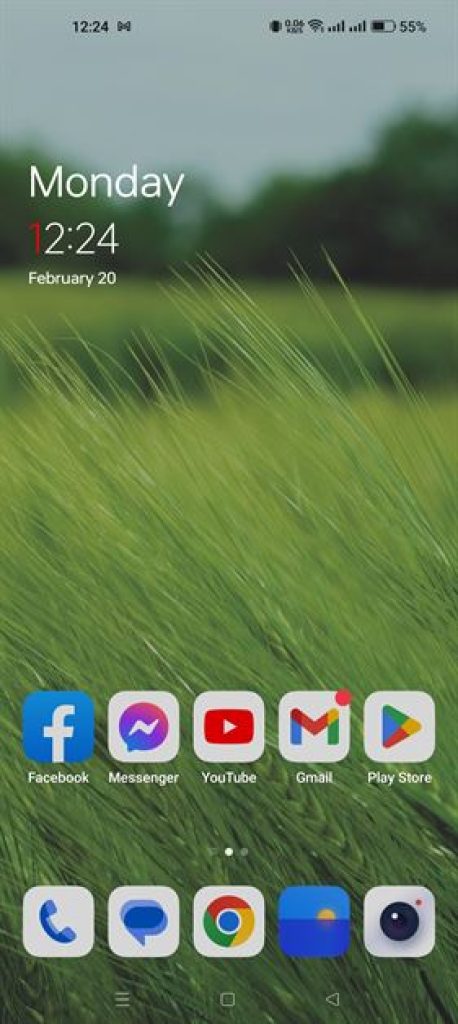
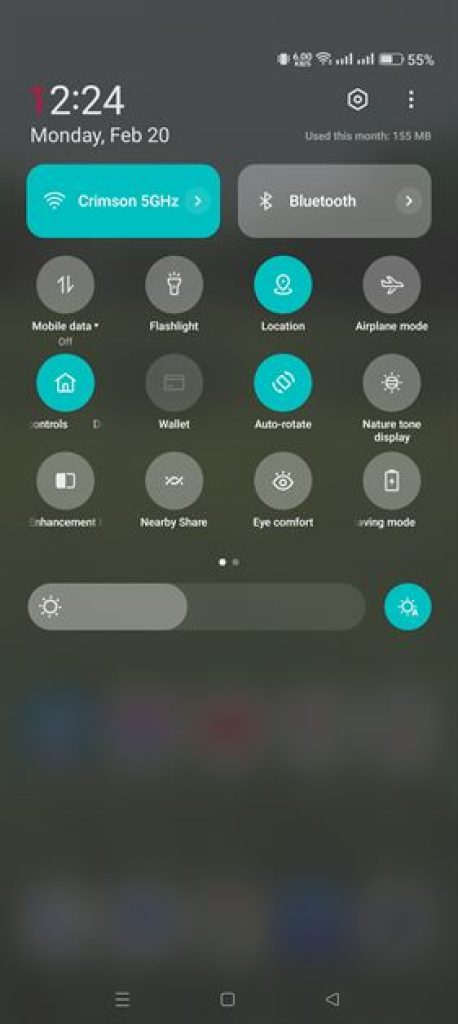
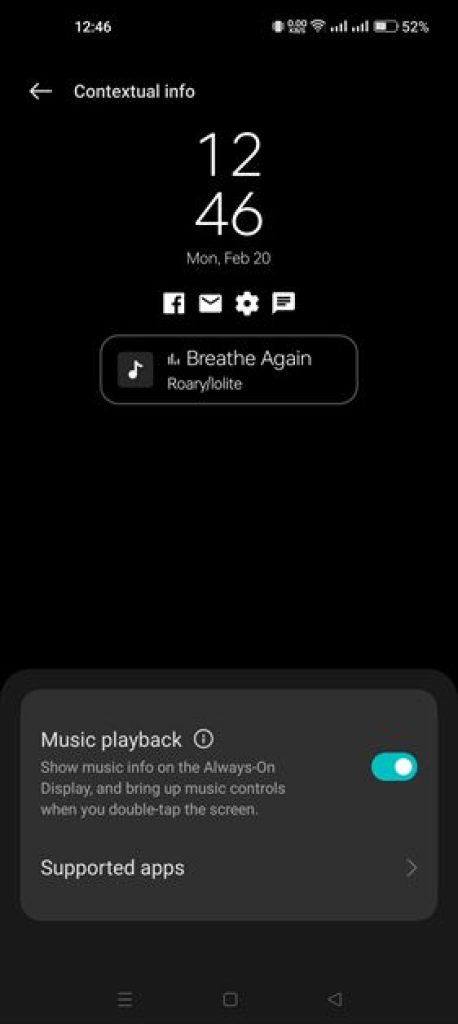
I’ve used a lot of OPPO devices, so I’m used to ColorOS, and the UI has kind of grown on me. This version of OxygenOS has some nifty features, like Private Safe, for keeping your most important files out of others’ reach, and Auto Pixelate, which blurs out sensitive information on screenshots with a single tap. Oh, and the live wallpapers look nice. Not that these don’t exist in realmeUI as well.
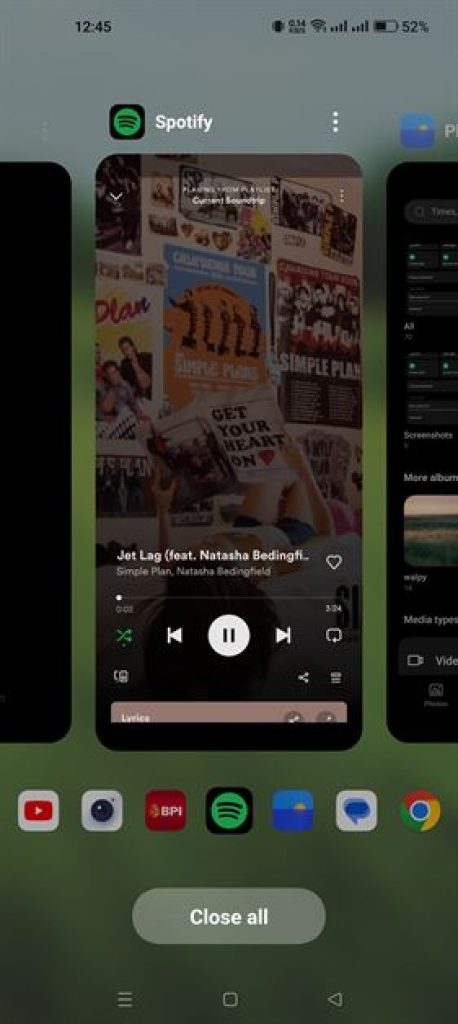

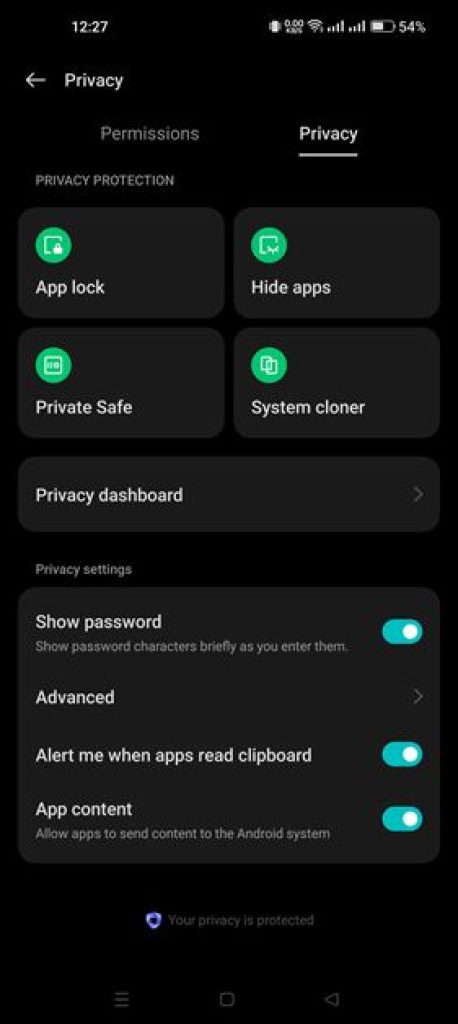
Apart from these though, I do agree that OnePlus should’ve made OxygenOS a little bit more different. In terms of performance, I have no complaints. It’s fast, fluid, and snappy.
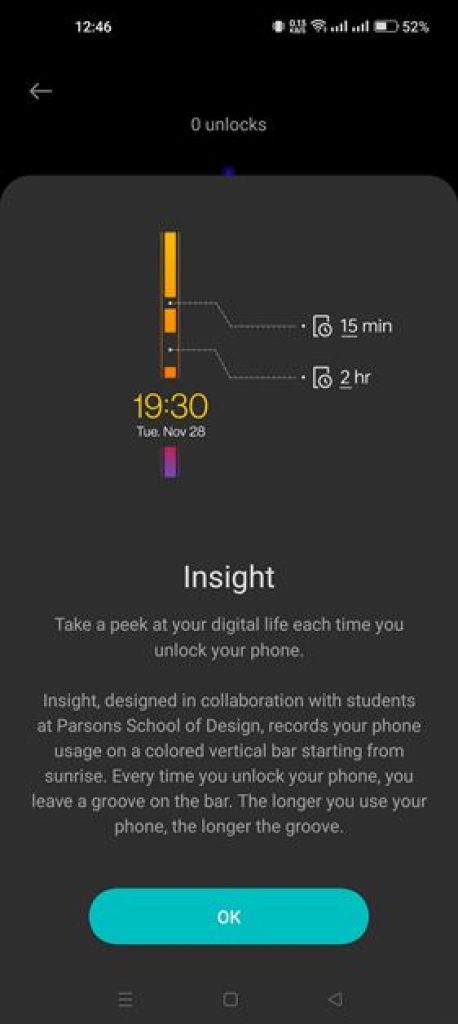

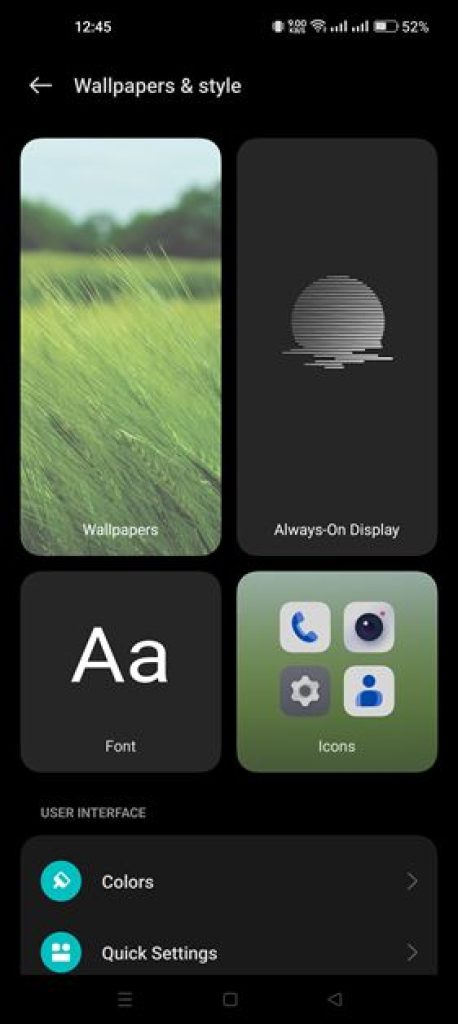
Worried that the device can get left behind in terms of updates? No worries. OnePlus has promised four OS Upgrades and five years of security updates. That means it can get Android 17. No, not the DBZ Character.
Battery
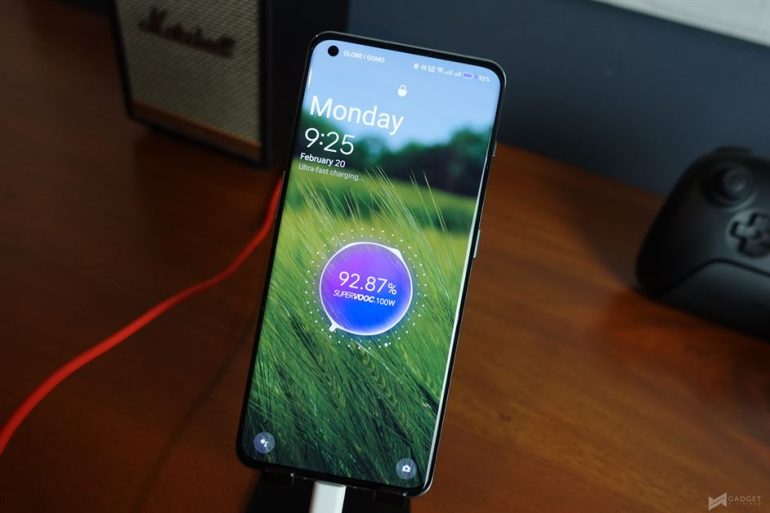
Like its predecessor, the OnePlus 11 5G also has a 5,000mAh battery, which now supports 100W SUPERVOOC fast-charging, which in my experience, meant zero to full in around 30 minutes, which is an excellent result. What’s even better is that the device doesn’t get overly warm when charging, as OnePlus is using AI to vary the charging speed.
In terms of battery life, I can easily get through a whole day with a single charge, with around 30% or more battery left. Then again, my use case involves a lot of Spotify, email, using the device as a Wi-Fi hotspot for my laptop, social media, YouTube, and photography. Oh, I do play some games from time to time as well.
I get around 6 hours of screen time with a single charge, which to me, is a good number considering the powerful hardware that’s under the hood. Perhaps the only caveat is that there’s no wireless charging, which can be a downside for some people, but not an issue for me. I think that to achieve such an attractive price tag, it’s a fair trade off.
Verdict
While on paper, the OnePlus 11 5G may not be up to par with some other flagships in a number of departments, the upgrades that it received are, I think more than enough for the device to be called a proper flagship.
It’s not without its downsides – it only has an IP64 rating, which means it can only withstand splashes. It’s something, but they should’ve kept it at IP68. There’s no expandable storage as well, which means you’re stuck with whatever you get out of the box. The slow shutter speed makes it a challenge to capture moving subjects, and the video capability of the front camera needs improvement. OxygenOS also needs its own identity.
But if there’s something exciting about this, it’s a sign that the brand is now moving into that same position that made it so popular, and that can only be good.
Emman has been writing technical and feature articles since 2010. Prior to this, he became one of the instructors at Asia Pacific College in 2008, and eventually landed a job as Business Analyst and Technical Writer at Integrated Open Source Solutions for almost 3 years.



